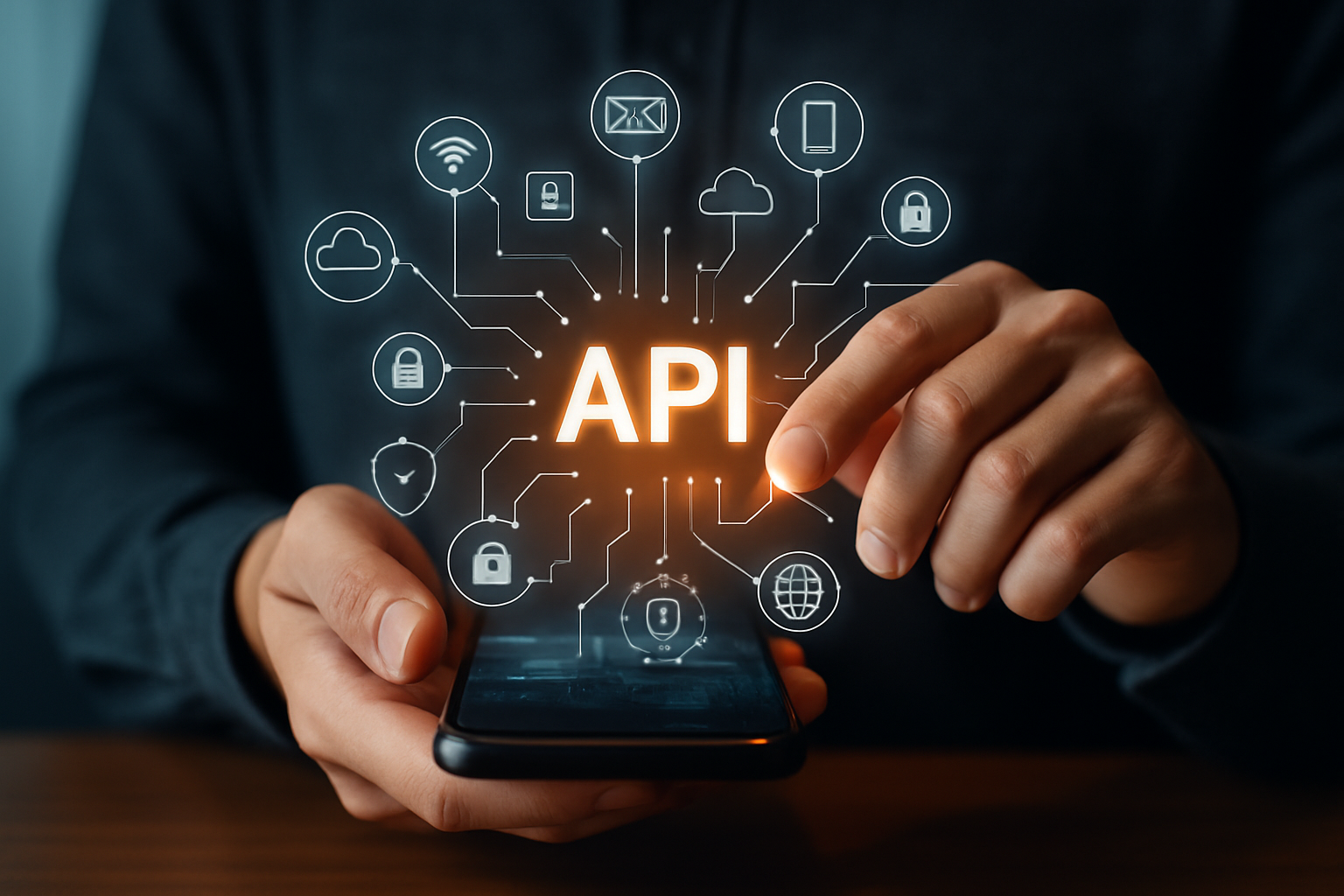Getting to Know Remote Access Control Systems
Remote access control systems have become increasingly important in today's interconnected world. These systems allow organizations to manage and secure access to their networks, devices, and data from remote locations. As businesses adapt to more flexible work environments, understanding the intricacies of remote access control technology is crucial for maintaining security and operational efficiency.

How does remote access control technology work?
Remote access control technology enables authorized users to securely connect to an organization’s network resources from outside the physical office environment. This technology typically involves a combination of hardware and software components, including firewalls, virtual private networks (VPNs), and multi-factor authentication systems. When a user attempts to access the network remotely, the system verifies their credentials and grants appropriate permissions based on predefined security policies.
What are the key benefits of implementing remote access control systems?
Implementing remote access control systems offers several advantages for organizations:
-
Enhanced flexibility: Employees can work from anywhere, increasing productivity and job satisfaction.
-
Improved security: Advanced authentication methods and encryption protect sensitive data from unauthorized access.
-
Cost savings: Reduced need for physical office space and on-site IT infrastructure.
-
Scalability: Easily accommodate business growth and fluctuating workforce needs.
-
Centralized management: Streamlined control over user access and permissions across the organization.
What are common risks associated with remote access control?
While remote access control systems offer numerous benefits, they also come with potential risks:
-
Unauthorized access: Weak authentication methods or compromised credentials can lead to data breaches.
-
Malware infections: Remote devices may introduce malware to the corporate network if not properly secured.
-
Man-in-the-middle attacks: Intercepted communications can expose sensitive information.
-
Insider threats: Disgruntled employees or contractors may abuse their remote access privileges.
-
Compliance violations: Failure to adhere to industry regulations can result in legal and financial consequences.
What are best practices for securing remote access solutions?
To mitigate risks and ensure the security of remote access solutions, organizations should consider implementing the following best practices:
-
Use strong multi-factor authentication methods.
-
Implement robust encryption protocols for data in transit and at rest.
-
Regularly update and patch all systems and software.
-
Employ network segmentation to limit access to sensitive resources.
-
Conduct regular security audits and vulnerability assessments.
-
Provide comprehensive security awareness training for all users.
-
Implement strict access controls and least privilege principles.
-
Monitor and log all remote access activities for anomaly detection.
What insights do experts offer on future trends in remote access control?
Industry experts anticipate several trends shaping the future of remote access control:
-
Zero Trust Architecture: A shift towards a “never trust, always verify” approach to security.
-
Artificial Intelligence and Machine Learning: Enhanced threat detection and automated response capabilities.
-
Biometric Authentication: Increased adoption of fingerprint, facial recognition, and other biometric factors.
-
Cloud-Based Access Control: Greater integration with cloud services for improved scalability and management.
-
Internet of Things (IoT) Integration: Expanded remote access capabilities for connected devices and systems.
What are the costs associated with implementing remote access control systems?
Implementing remote access control systems can vary significantly in cost depending on the size of the organization, the complexity of the network, and the specific solutions chosen. Here’s a general overview of potential costs:
| Component | Estimated Cost Range |
|---|---|
| VPN Software | $5 - $15 per user/month |
| Multi-Factor Authentication | $3 - $8 per user/month |
| Firewall Hardware | $500 - $5,000+ (one-time) |
| Endpoint Security Software | $30 - $50 per device/year |
| Initial Setup and Configuration | $1,000 - $10,000+ |
| Ongoing Maintenance and Support | $500 - $5,000+ per year |
Prices, rates, or cost estimates mentioned in this article are based on the latest available information but may change over time. Independent research is advised before making financial decisions.
Remote access control systems have become an integral part of modern business operations. By understanding the technology, benefits, risks, and best practices associated with these systems, organizations can make informed decisions to enhance their security posture and operational efficiency. As the landscape of remote work continues to evolve, staying informed about emerging trends and continuously adapting security measures will be crucial for maintaining a robust remote access control infrastructure.




